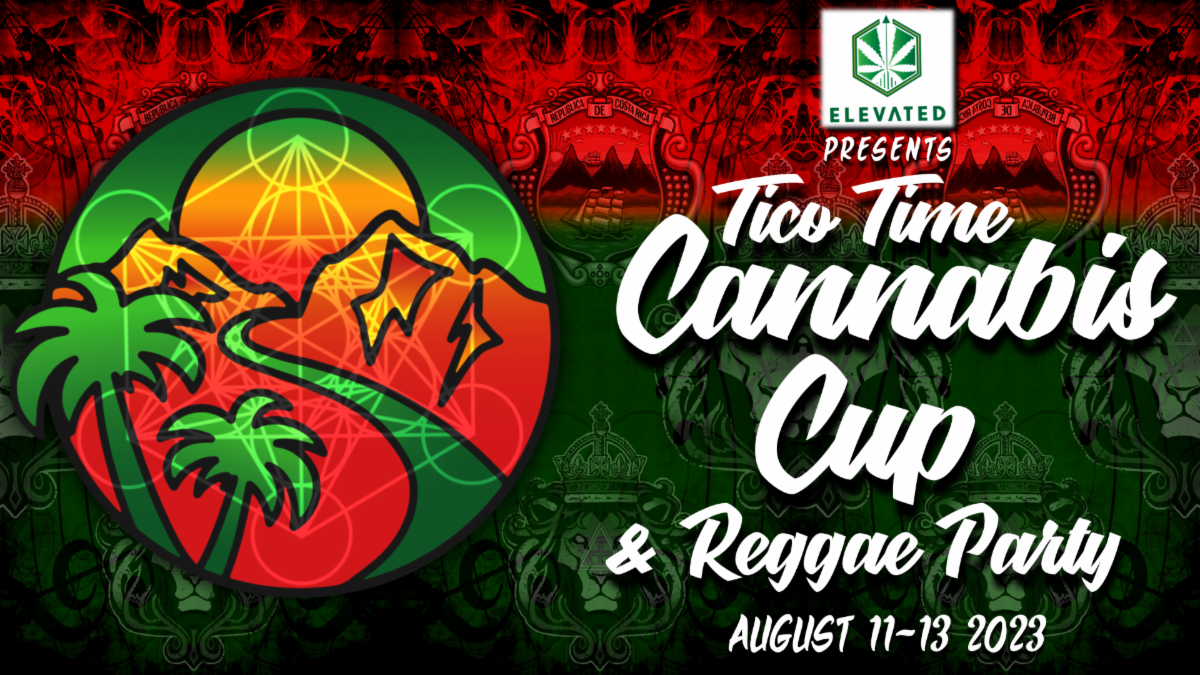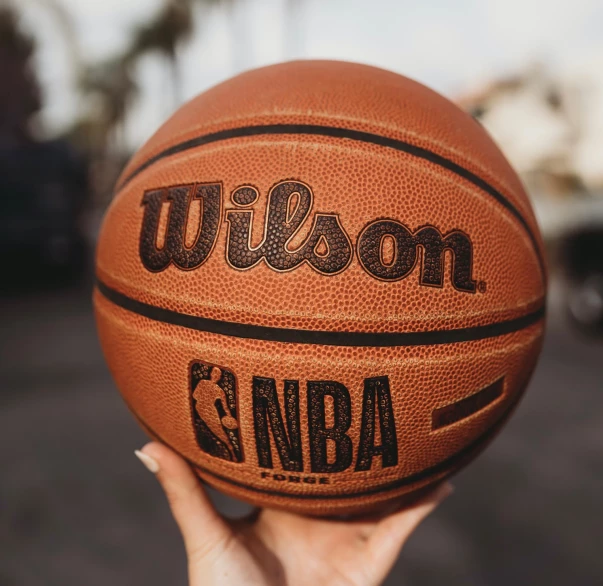Honeybee health has faltered in recent years and hemp may offer a little boost to our winged friends.
Hemp is a versatile, multi-use crop, valued for fiber and seed. The plant sheds pollen much later in the season than most other blooming plants. Thus, hemp becomes a valuable pollen source for foraging bees, giving it the potential to have a strong ecological value.
Neither hemp nor other Cannabis species grown for recreational or medicinal uses offer insects any nectar. But still, a wide variety of bees showed up in two experimental hemp plots during a one-month trapping survey by entomology student Colton O’Brien of Colorado State University in Fort Collins.
Do Bees Like Hemp?
Bees need pollen to feed their young, and during the trap survey conducted between late July and late September, there aren’t a lot of other flowers blooming during this late season. This results in high bee pollination activity in industrial hemp fields during this time of year.
“You walk through fields and you hear buzzing everywhere,” Colton O’Brien said.
Little is known about the nutritional qualities of hemp pollen for larval bees. But, commercial hemp field end up as rare food sources for pollinators in stressful times, O’Brien said.
Dr. Whitney Cranshaw, an entomologist with the Colorado State University College of Agricultural Studies, believes that industrial hemp could be a godsend:
“In this part of the country where there’s not a lot of alternative flowering plants, hemp is a godsend for bees. I don’t think it’s that big a deal if you’re on the East Coast where there’s lots of other flowers, but you grow it in an arid place like Colorado—particularly in a drought year like this year—I mean the bees are going nuts in the hemp. It’s a wonderful resource.”
Although high bee populations making use of this resources doesn’t necessarily mean more honey she explains:
“Hemp doesn’t produce nectar, you know. It’s wind pollinated, so there’s no nectar. You can’t get honey. You can’t make ’em make cannabis honey. But pollen is what bees need to raise their young, that’s their source of protein, fats, minerals.”
Does this solve all bee problems? Of course not. But every little bit helps. It may not matter as much on the coasts where there are tons of flowering plants. But in arid Colorado, this late season pollen can keep your local bee colonies kicking!
So if you want to help your local bees, checking out the cultivation laws in your area isn’t a bad place to start.



